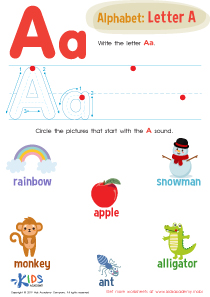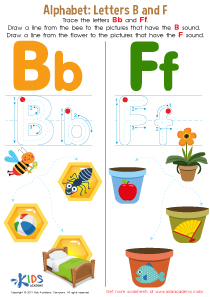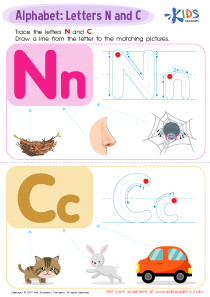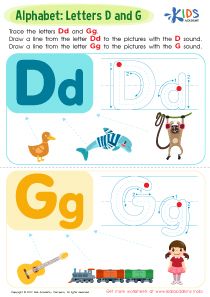Letter recognition Letter N Worksheets for Ages 3-8
3 filtered results
-
From - To
Discover our engaging Letter N Worksheets designed for children aged 3-8! These expertly crafted activities focus on letter recognition, helping young learners identify, trace, and write the letter N with ease. Each worksheet features fun themes and interactive exercises that capture kids' interest while enhancing their early literacy skills. Our printables support visual and kinesthetic learning, making the alphabet a delightful and rewarding experience. Ideal for home or classroom use, these worksheets provide a solid foundation for reading and writing success. Download our Letter N Worksheets today and watch your child's confidence soar!
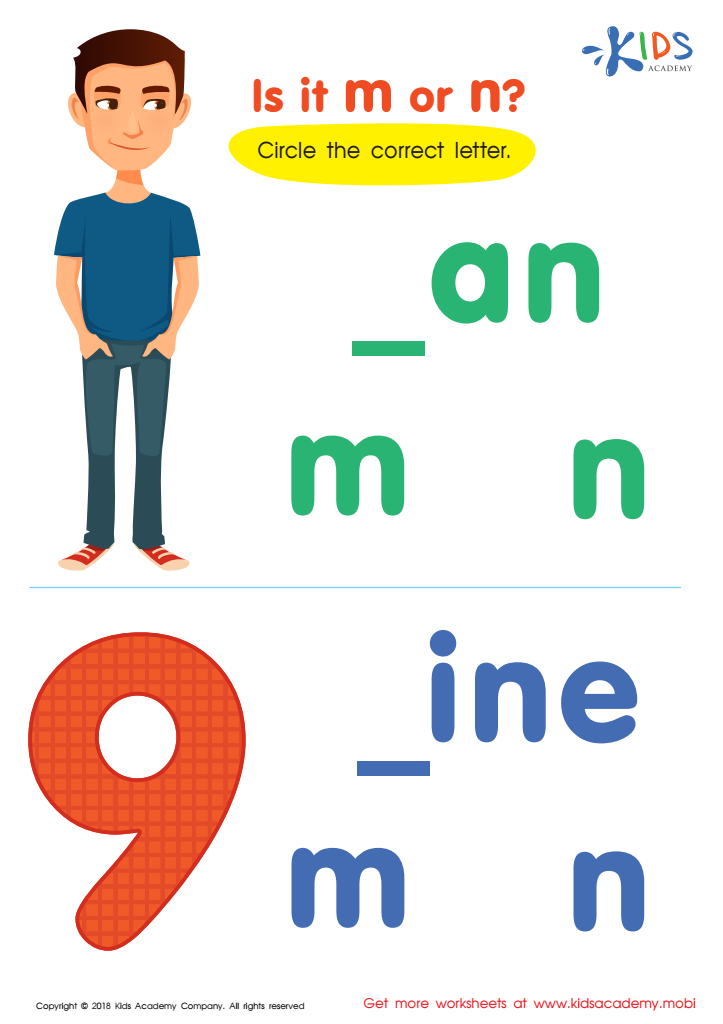

Is It m or n? Worksheet
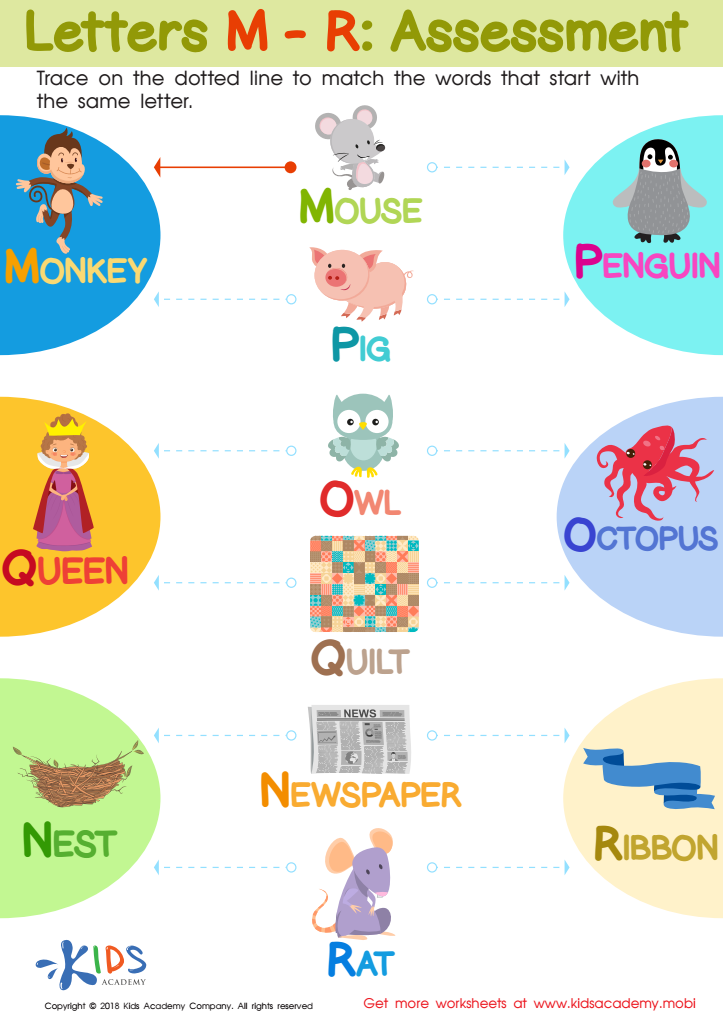

Letters M-R Tracing Worksheet
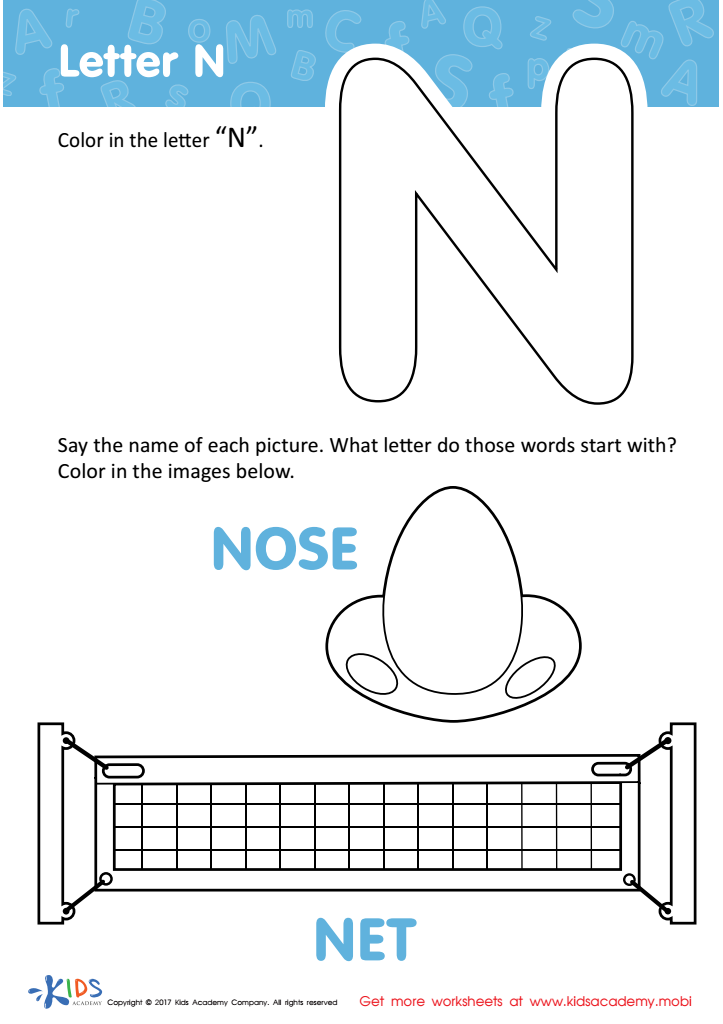

Letter N Coloring Sheet
Letter recognition, including the letter N, is a foundational skill for children ages 3-8. The development of this skill is crucial for several reasons. Firstly, recognizing letters is the first step towards literacy. When children can identify letters, they begin to understand that these symbols represent sounds and can be combined to form words. This understanding is essential for reading and writing.
Secondly, early literacy skills, including letter recognition, are closely linked to academic success. Studies indicate that children who have a solid grasp of letter names and sounds before entering kindergarten are better prepared for the challenges of reading and writing instruction. They tend to perform better in language arts as they progress through school.
Letter recognition also boosts children's confidence in their learning abilities. When children can identify letters like N, they feel a sense of accomplishment, which encourages further learning and exploration. This confidence is critical for their overall cognitive and emotional development.
Moreover, letter recognition activities enhance fine motor skills and visual memory. Tracing, writing, and even sorting letters helps children develop the coordination and memory needed for more complex tasks.
Thus, parents and teachers should prioritize letter recognition to provide a strong educational foundation, ensuring that children are well-equipped for future learning endeavors.

 Assign to My Students
Assign to My Students







